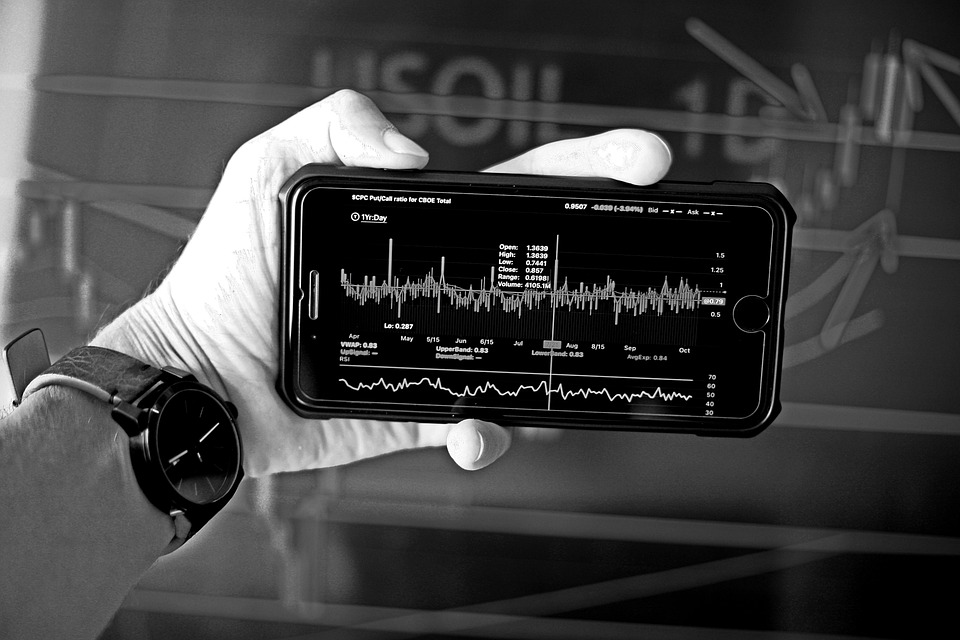How to Use Leverage in Trading: A Guide to Margin Trading
Leverage is a powerful tool used in trading that allows you to control a larger position size with a smaller amount of capital. Also known as margin trading, leveraging allows you to amplify your gains, but it can also amplify your losses if not used properly. In this article, we’ll delve into the world of leverage and provide a guide on how to use it effectively in your trading activities.
What is Leverage?
Leverage is the use of borrowed money to increase your trading position size. By using leverage, you’re essentially using someone else’s money to amplify your profits, but you’ll also be responsible for repaying the borrowed amount, with interest. Leverage can be used in various types of trading, including stock trading, forex trading, futures trading, and even cryptocurrencies.
How to Use Leverage
- Choose a Margin Account: To use leverage, you’ll need to open a margin account with a brokerage firm or a trading platform that offers margin trading. Make sure you understand the terms and conditions of the account, including the margin requirements, leverage ratio, and any additional fees.
- Understand the Margin Requirements: Margin requirements vary between brokerages and trading platforms, but generally, they range from 2:1 to 50:1. This means that if you have a 2:1 margin, you’ll need to maintain a minimum balance of 10% of the trading position size in your margin account.
- Select the Right Leverage Ratio: The leverage ratio is the amount of capital required to control a particular position size. For example, a 20:1 leverage ratio means you’ll need to maintain $100 in your margin account to control a $2,000 trading position. The higher the leverage ratio, the more capital you’ll need to maintain to avoid a margin call.
- Set Your Stop-Loss: With leverage, it’s essential to set a stop-loss to limit your potential losses. A stop-loss will automatically close your trading position if it reaches a predetermined price, helping you mitigate losses.
- Monitor Your Margin: It’s crucial to regularly check your margin balance to ensure you’re not at risk of a margin call. A margin call occurs when your margin balance falls below the required minimum balance.
Benefits of Leverage
- Amplified Gains: Leverage allows you to amplify your gains, as your profits will be directly proportional to the size of your trading position.
- Increased Trading Activity: With leverage, you can trade larger positions without committing a significant amount of capital, allowing you to take advantage of more opportunities.
- Access to Larger Markets: Leverage can provide access to larger markets, such as commodities and indices, that may not be accessible without the use of leverage.
Risks of Leverage
- Amplified Losses: Leverage can also amplify your losses, potentially leading to significant financial losses.
- Market Volatility: Market volatility can quickly deplete your margin balance, leading to a margin call.
- Overtrading: Leverage can tempt traders to overtrade, as they may feel pressure to make up for losses or chase profits.
Conclusion
Leverage is a powerful tool used in trading that can help amplify your gains, but it’s essential to understand the risks involved. To use leverage effectively, make sure you:
- Understand the margin requirements and leverage ratio
- Set your stop-loss to limit losses
- Monitor your margin balance regularly
- Are prepared for potential losses
- Don’t overtrade
By following these guidelines and using leverage responsibly, you can harness the power of margin trading to maximize your trading potential. Always remember to trade responsibly and with caution.
